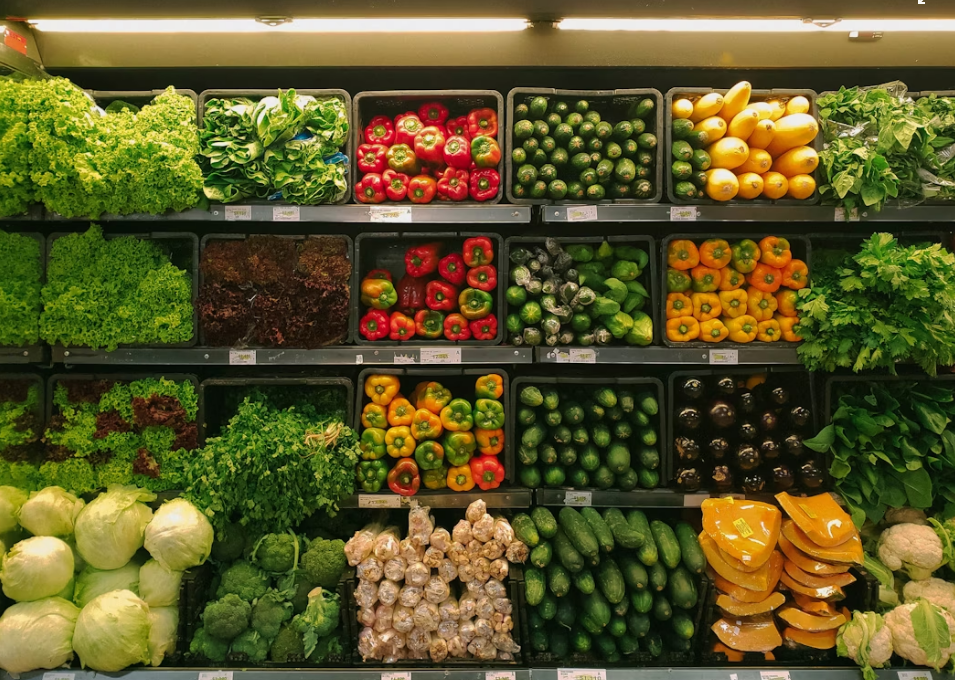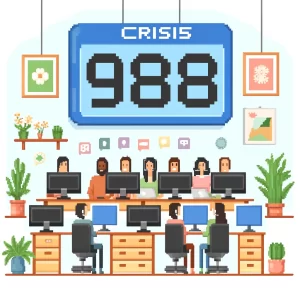
How This Supermarket Program Could Catch Diabetes Early
It’s a Sunday afternoon. You stop at the supermarket to grab milk, maybe some snacks. But instead of walking straight to the produce aisle, someone greets you with an unusual question:
“Would you like to know your risk for diabetes?”
That simple ask changed hundreds of lives in Buffalo, New York.
A groundbreaking pilot program, detailed in Frontiers in Public Health, turned four neighborhood grocery stores into pop-up diabetes screening sites. And what they found was as surprising as it was urgent: nearly two-thirds of shoppers were either at risk or already living with diabetes.
This wasn’t a corporate health fair or a flashy wellness promotion—it was public health meeting people exactly where they are.
From Grocery Runs to Health Screens
Buffalo’s East Side is no stranger to health inequities. It’s designated as both a Medically Underserved Area and a Health Professional Shortage Area, with high rates of chronic diseases and low access to preventive care. But there’s one place residents consistently go: the supermarket.
Partnering with Tops Markets and a local church, researchers from the University at Buffalo rolled out SHARE—Supermarket Health Advocacy, Resources, and Education. The idea was simple: offer quick, no-pressure screenings for prediabetes and diabetes right inside neighborhood stores.
Over six months, staff set up tables at store entrances and invited shoppers to take a five-minute screening quiz. The incentive? A $5 voucher for fruits and veggies. The impact? Far more valuable.
The Shocking Stats: Diabetes in the Aisles
Among 303 shoppers:
- 58% who took the Prediabetes Risk Test scored high enough to warrant concern.
- 75% were overweight or obese.
- 25% had already been diagnosed with diabetes.
- Of those diagnosed, 28% didn’t know what HbA1c was—a basic, critical measure of blood sugar control.
Even more alarming? A significant number struggled with barriers beyond medicine:
- 18% couldn’t afford medications or testing supplies.
- 15% had trouble getting to medical appointments.
- Those who lacked access to dentists or eye doctors were more likely to also lack diabetes knowledge.
This was more than a health screening. It was a snapshot of how social determinants like poverty, transportation, and health literacy shape the chronic disease epidemic.
Real Talk, Real Change: The Power of Community Education
After the screenings, participants were invited to join local educational sessions—held not in clinics, but in libraries and churches. The approach? Not top-down lectures, but “popular education,” where people share their own lived experiences and practical strategies.
One man said he struggled with late-night snacking during baseball games. Another said, “We all have something—we can still be healthy.” The group tackled tough topics like sugar cravings, medicine costs, food deserts, and how doctors often miss the mark.
Some participants were just diagnosed. Others had managed diabetes for years. The real magic was in their shared conversations, mutual support, and the community bonds that emerged.
Why This Matters (and What’s Next)
Diabetes is often framed as a personal failing: eat better, move more, take your meds. But this study flips that narrative.
It shows that structural problems—such as lack of access, poverty, and historical disinvestment—play a larger role than most care to admit. And it proves that meeting people in familiar, non-medical spaces can uncover health risks before they become emergencies.
It also raises key questions:
- What if every supermarket had a health outreach table?
- Could this model expand to include mental health, cancer screenings, or oral health?
- And how can we ensure these programs aren’t just pilot projects—but permanent fixtures in public health strategy?
The SHARE team is already thinking ahead. They plan to improve outreach, hold more sessions near all participating stores, and better track long-term outcomes. With better planning, more people might take that first step—from the checkout line to better health.
Final Thoughts: Grocery Stores as Gateways
For decades, public health has struggled with how to reach people who don’t regularly see a doctor. This study offers one answer, hiding in plain sight: your local supermarket.
This isn’t just about diabetes—it’s about redesigning healthcare access from the ground up. And it starts with a question you don’t expect to hear when you’re buying eggs.
“Would you like to know your risk?”
Sometimes, that’s all it takes.
Join the Conversation
- Could this model work in your community?
- What other health services belong in the supermarket?
- Have you seen examples of healthcare showing up in unexpected places?


